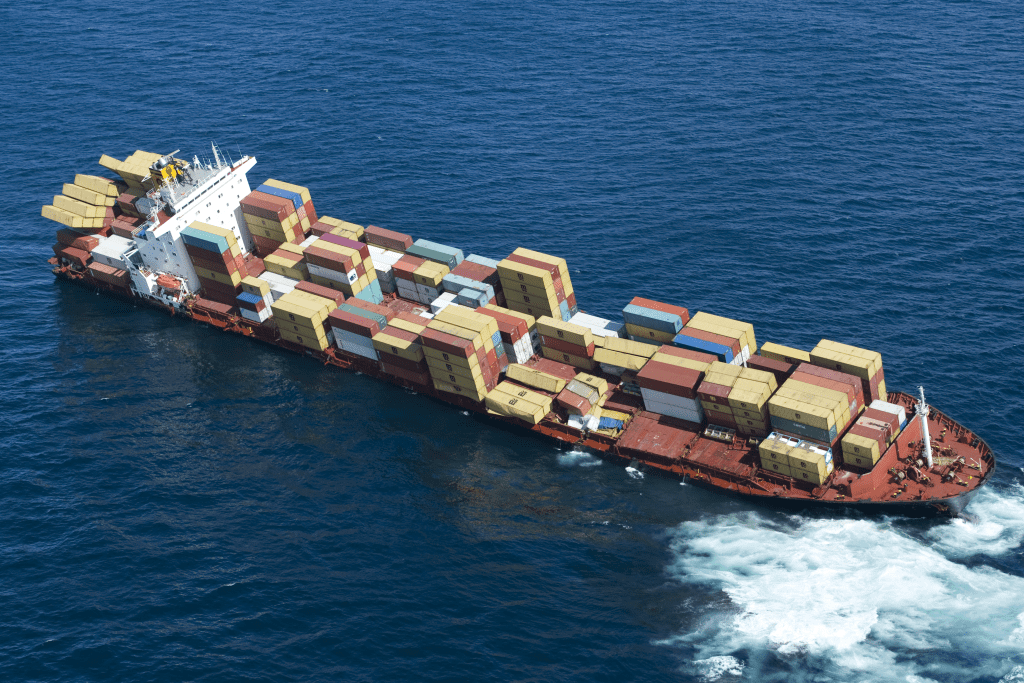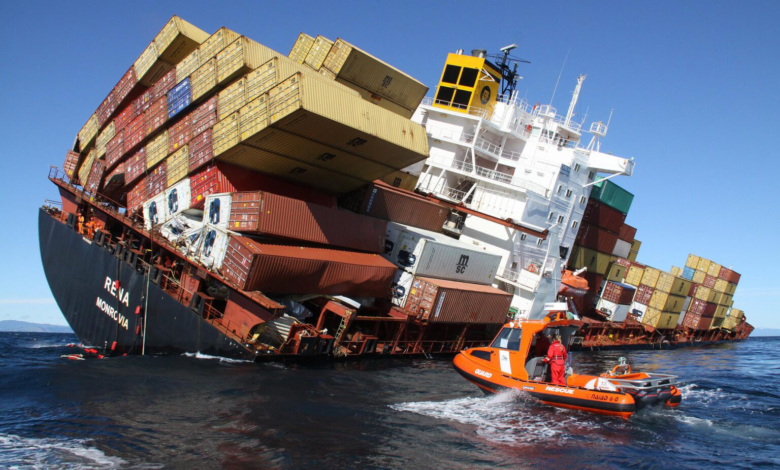Introduction
Transporting aquarium fish involves more than just moving them from one location to another; it requires a detailed understanding of biological and environmental needs, especially when the setup involved is as specialized as the Rena Monrovia aquarium. The Rena Monrovia, specifically designed for stability and durability, becomes a subject of interest when you look into “rena monrovia when you transport something by car …”. This introduction aims to set the stage for an in-depth exploration into the best practices for transporting such a sensitive setup in a vehicle, ensuring that both the physical and biological integrity of the aquatic ecosystem is preserved throughout the journey.
Understanding the Rena Monrovia Aquarium
The Rena Monrovia is not just any aquarium—it’s a system built with precision for enthusiasts who care deeply about their aquatic environments. It features advanced filtration systems that maintain excellent water quality, even under less-than-ideal circumstances, and its robust construction helps prevent any structural damage during transit. This section delves into how these features make the Rena Monrovia particularly suitable for transportation. We will explore the design and material choices that contribute to its resilience and functionality, providing a foundation for understanding why this model is preferred when considering “rena monrovia when you transport something by car …“.
Preparation for Transport
Effective transportation of an aquarium begins long before the actual journey starts. Preparing the Rena Monrovia for transport involves a series of steps designed to ensure the safety and comfort of the aquatic life within. This includes assessing and reinforcing the tank’s structure, selecting the appropriate water additives to maintain chemical balance, and securing all movable parts. Detailed planning also involves preparing for emergencies, such as power failures or significant temperature fluctuations. Here, we’ll outline a comprehensive checklist that covers all necessary pre-transport preparations, providing a blueprint for aquarium enthusiasts to follow.
Water Conditions
The stability of water conditions is paramount during the transportation of aquatic life. Small changes in temperature, pH, or salinity can have drastic effects on the health of the fish housed within the Rena Monrovia. This section will explore techniques for maintaining water quality, including the use of portable heaters, coolers, and battery-powered filters. We will discuss how to prepare water before the journey to mimic conditions at the destination, reducing stress on the biological system and ensuring a smoother transition for the aquatic inhabitants.
Packing the Fish
Packing the fish for transportation requires careful handling and knowledge of the specific needs of each species. This involves not only choosing the right type of container but also understanding how to use water from the original tank to help preserve a familiar environment. The process includes steps for minimizing exposure to stress factors such as light and motion, with a focus on cushioning the containers properly within the vehicle. This section provides a detailed guide on packing techniques that protect the fish while accommodating the specific requirements of the Rena Monrovia setup.
Setting Up Temporary Housing
Upon arrival, the immediate setup of a temporary housing system is critical for acclimating the fish to their new environment. This involves more than just recreating the water conditions; it also requires careful monitoring of the fish for any signs of stress or illness. The setup should allow for easy adjustment to conditions that might have shifted during transport. Here, we offer step-by-step instructions on how to establish a temporary tank that provides stability while the main Rena Monrovia aquarium is being reassembled or adjusted.
Car Travel with Aquarium Fish
The logistics of car travel with an aquarium like the Rena Monrovia require attention to detail to avoid any mishaps. Proper vehicle preparation is essential, from securing the tank in a stable position to ensuring that there is adequate airflow to keep the temperature consistent. This section will discuss how to drive safely with an aquarium onboard, including tips on route selection and the use of technology to monitor the aquarium environment continuously.

Monitoring During Travel
Continuous monitoring throughout the journey is vital to detect and respond to any potential issues that could arise. This includes keeping an eye on water quality indicators like temperature and pH, as well as observing the behavior of the fish for any signs of distress. Tools and techniques for effective in-transit monitoring will be covered extensively, ensuring that the caretaker can maintain a controlled environment inside the Rena Monrovia, regardless of external conditions.
Arrival and Acclimation
Arrival at the destination isn’t the end of the journey for the aquatic inhabitants of the Rena Monrovia. Proper acclimation to the new environment is essential to mitigate transport-related stress. This section describes methods to gradually introduce fish to the new water conditions, focusing on techniques that mimic natural environmental changes, thereby easing the acclimation process and reducing the risk of shock.
Post-Transport Care
The period immediately following transport is critical for ensuring the long-term health of the aquarium’s inhabitants. This part of the article will discuss the necessary post-transport care procedures, from re-establishing the biological filter to conducting health checks on all aquatic life. It will provide guidance on how to identify and address any issues stemming from the transport, ensuring a successful transition to the new location.
Common Issues and Solutions
Transporting an aquarium can introduce a variety of challenges, from water turbidity to behavioral changes in fish. This section will identify common problems that might arise during the transport of the Rena Monrovia and offer practical solutions and preventative measures. The focus will be on quick identification and resolution of these issues to minimize their impact on the aquatic ecosystem.
Tips for Long-Distance Transportation
Longer trips require additional considerations and precautions. This section will provide advanced tips for transporting the Rena Monrovia over long distances, including how to plan for extended periods without power and strategies for managing severe temperature fluctuations. It will also cover the legal and logistical aspects of crossing state lines with an aquarium, ensuring compliance with various regulations.
Legal and Safety Considerations
The legal and safety aspects of transporting an aquarium are not to be overlooked. This includes understanding the regulatory framework governing the transport of live animals and ensuring that all safety protocols are followed to protect both the aquatic life and the transporters. Here, we will delve into the necessary legal preparations and safety checks that must be adhered to when undertaking “rena monrovia when you transport something by car …”.
Technology and Transport
Advancements in technology have greatly enhanced the ability to transport delicate ecosystems like those housed in the Rena Monrovia safely. This section will explore the latest innovations in aquarium transport technology, from GPS-enabled monitoring systems to portable life support systems that can maintain optimal conditions within the tank. We will discuss how these technologies can be integrated into the transport process, offering a higher degree of control and safety.
Conclusion
This comprehensive guide underscores the intricate preparations and considerations necessary when undertaking “rena monrovia when you transport something by car …“. The journey of transporting an aquarium, particularly one as specialized as the Rena Monrovia, involves numerous steps and precautions to ensure the safety and well-being of its aquatic inhabitants. By meticulously planning each phase of the transport and employing the best practices outlined in this article, aquarium enthusiasts can minimize risks and ensure that their aquatic pets arrive at their new home healthy and stress-free.
FAQs
- What is the best way to maintain water quality during transportation?
- Pre-condition the transport water to match the destination’s parameters and use high-quality water stabilizers to maintain these conditions.
- How can I ensure my fish are not stressed during the journey?
- Employ darkened containers to minimize visual stressors and ensure the vehicle is driven smoothly to avoid jostling the tank.
- Are there legal considerations I should be aware of when transporting fish across state lines?
- Yes, be sure to research state-specific regulations on transporting live fish, which may require permits or health certificates.
- What are the signs that my fish are not coping well with the travel?
- Watch for signs like erratic swimming, unusual lethargy, or refusal to eat, which indicate stress or discomfort.
- Can technology really help in transporting fish more safely?
- Absolutely, modern technologies can monitor critical tank parameters in real-time and alert the transporter to any necessary adjustments, significantly enhancing the safety of the transport process.


